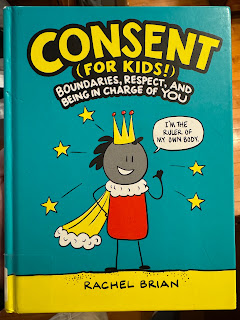Folktales
Folktales are important windows into cultures and histories. We can learn a lot about a culture by examining the folktales and folklore that comes from it: how they compare to others, how they differ. Every culture has their own historical background, and every culture has a different way of looking at the world. Folktales are a fantastic tool for examining commonalities and differences and for exploring beliefs.
Below are two books of collections of folk tales.
Tales Our Abuelitas Told, by F. Isabel Campoy and Alma Flor Ada
A collection of Hispanic folktales, mainly from Spain and the Iberian peninsula, but also from other Hispanic cultures from around the world. The book begins with an explanation of the areas focused on, of the experiences the peoples and cultures of these lands faced, and of the necessity of folk tales in general. Each individual tale is accompanied by a full-page, full-color illustration, and ends with a brief discussion on the importance of the tale from a cultural point of view. A fantastic reference of folktales from across the world with a cultural through-line.
Trickster, edited by Matt Dembicki
A collection of Native American trickster tales told in graphic novel format by a variety of artists and writers. Each tale is illustrated differently due to the different artist and their choices, but each tale has a through-line of involving tricksters, which are a common folktale motif throughout cultures. The writers in question are all of Native American descent, and had choice in the illustrator used. Written in a way that is engaging for all readers, this book is a positive example of the power of graphic writing to continue oral traditions.





Comments
Post a Comment